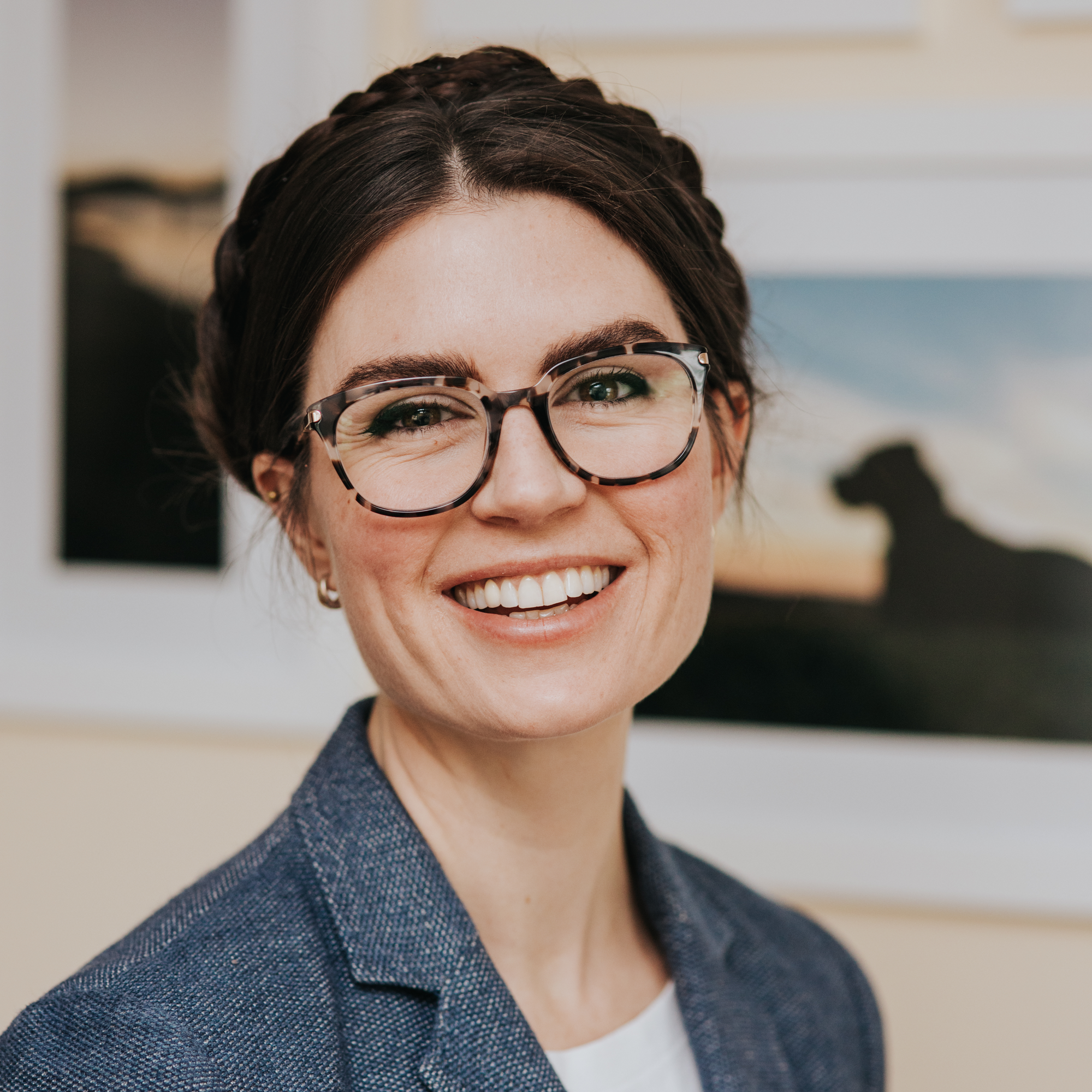- April 8, 2019
- Civic Analytics Network
Standardizing addresses and land parcels is an issue that vexes many data and innovation officers. The upcoming 2020 Census focuses attention on tallying and representing addresses, which highlights the unique challenges facing city officials. In cities, any given point in space is often described by several different datasets (street address, building footprint, parcel, unit number), often managed by different departments. Ensuring alignment across the system of datasets is a challenge many municipalities are facing. At a recent meeting of the chief data and analytics officers of the Civic Analytics Network, a unanimously-requested graphic demonstrated exactly why Kat Hartman is passionate about using imagery to explain complex data points.
This simple yet comprehensive visual, reproduced here, is an elegant example of the power of design to convey complex information, a cornerstone of Hartman’s approach in government. Hartman has been bringing fresh ideas to the growing civic tech landscape in Detroit for the past year as the Director of Innovation & Emerging Technology. Her unique artistic background (she has an MFA from the University of Michigan) influences how she collaborates within city government, leads her team of developers, and builds consensus on vital data projects.
Betsy Gardner: Thanks for speaking with us today! So, you’re the Director of Innovation and Emerging Technology; how does your team work in Detroit, particularly as a city that has publicly revitalized a lot of services?
Kat Hartman: That’s a great question. In a lot of ways, our team acts as scouts. We go out a little bit into the wilderness and try to figure out what tools might be useful, we try out tools, they might fail, and we bring back what works.
BG: The avant-garde?
KH: Yeah! I think in a lot of ways it’s just getting data out there onto an open data portal and allowing those conversations to happen about transparency in a real way. People can start to see the utility of being able to share data easily across departments and see how it connects. Just that big picture thinking about data in general is helpful.
BG: You have a background in the arts; how does that relate to the work you're doing now?
KH: Improved services really are related to improved data governance, but also UX [user experience], too. Both of those feed into each other. Coming around to data through design gives me a slightly different perspective than a lot of people who are also creating and designing data tools. I think it’s a nice balance to the discussion.
And for arts education I think there’s something really wonderful about how it allowed me to do cross-functional thinking and systems thinking in academia in a way that was just not possible in any given department. In the arts, it was totally fine and always very project-based; determine the thing you want to do, and then learn what you need to learn in order to get there. And I really love that approach to learning, and it’s definitely a way that a lot of work works, especially in a development and design team.
BG: Sounds like art education really impacts how you think about your role within the larger system. How does that relate to storytelling?
KH: We have a lot of data but I think that everyone’s still trying to make sense of it and so data storytelling is a term we use all the time — ‘what’s your data story, how do we create the interface that actually helps you tell that story, rather than competing with your story’ so all those things are super valid questions. I think it also relates to basic knowledge management; can you really tell someone what parcels are in a way that doesn’t rely on a lot of jargon?
If you’re going to get other departments to really invest in some tedious data work, you have to take that tiny granular thing that has to happen and connect it to the big exciting things that are going to happen. And so that’s really all storytelling.
This interview has been lightly edited for clarity and concision.






